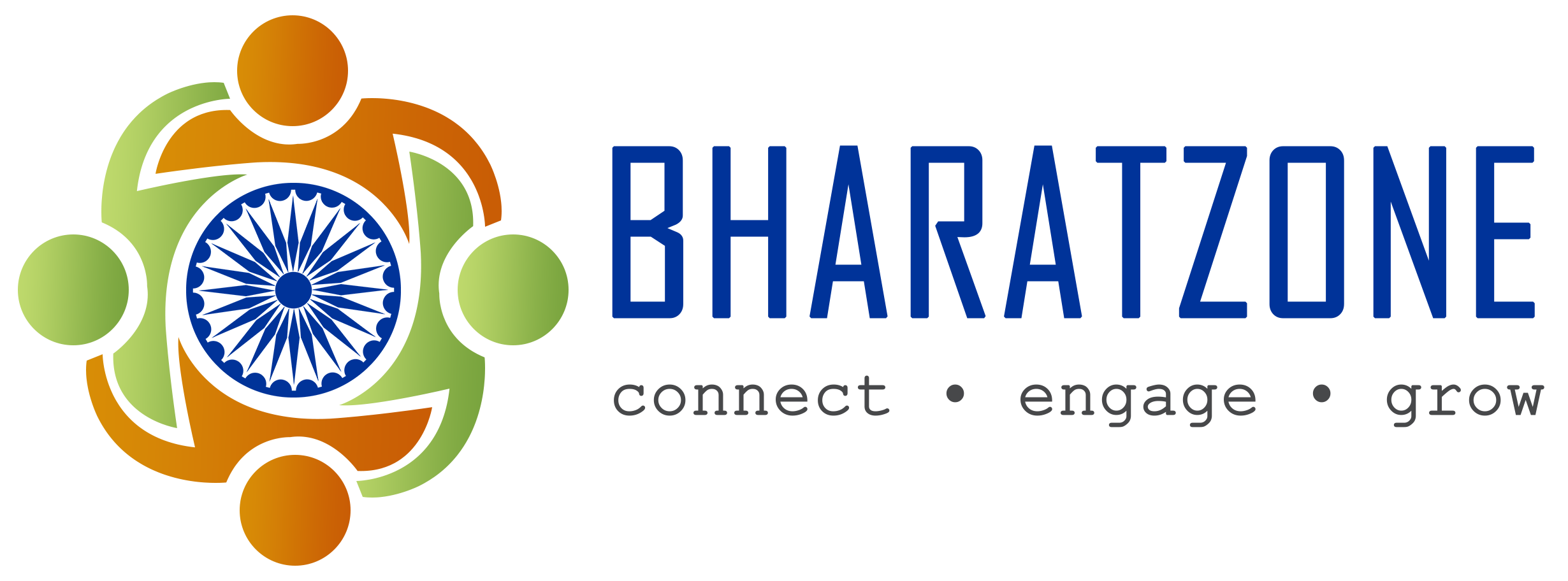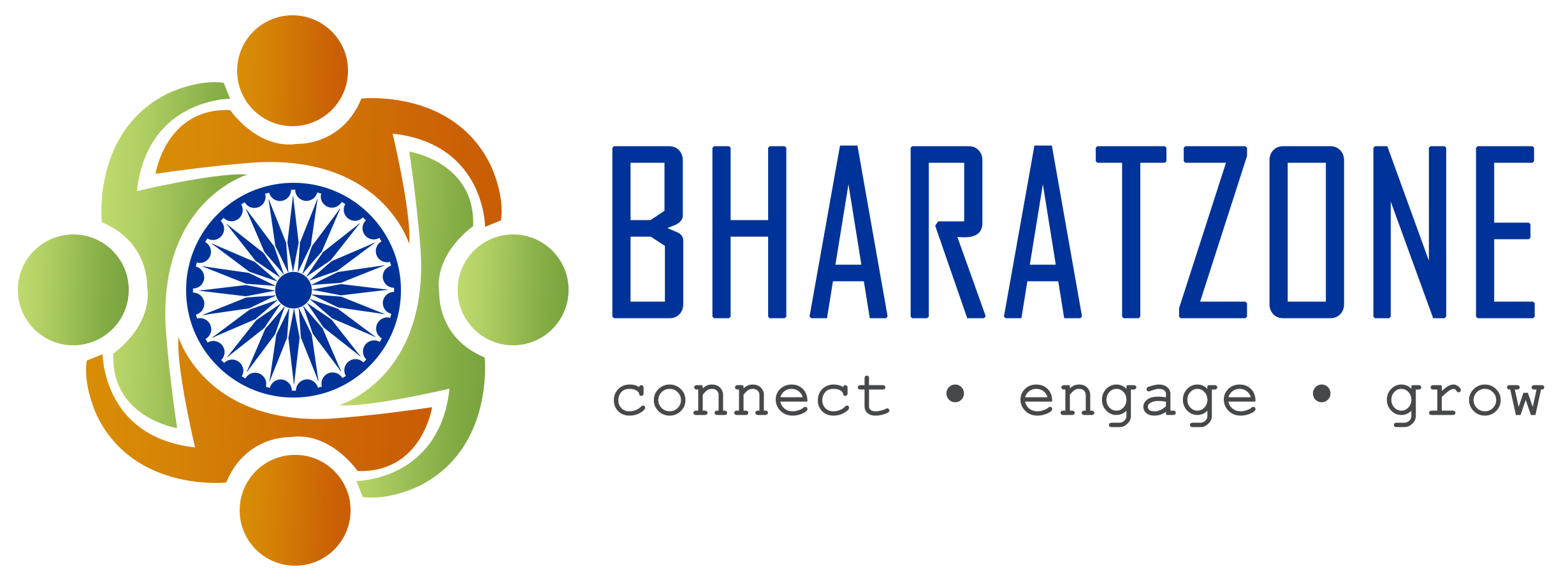Starting Pilates can be an intricate and rewarding learning process, particularly in the beginning stages. Unlike some forms of exercise that rely on repetitive, high-intensity movements, Pilates demands a nuanced understanding of your body's mechanics, breathing, and alignment. As beginners, many individuals may find the initial stages of learning pilates for beginners to be both mentally and physically challenging, as it requires a departure from the more conventional, faster-paced workouts they might be accustomed to.
The learning process in Pilates begins with mastering the fundamental principles, which include concentration, control, center, flow, precision, and breathing. Each of these principles is integral to performing the exercises correctly and safely. For instance, concentration is essential because Pilates requires mindful movement. You must be fully aware of your body's position and movement in space, which can be a significant shift from the more automatic, mindless repetitions found in other fitness routines. Control is equally important; Pilates movements are deliberate and executed with a high degree of precision to maximize their effectiveness and prevent injury.
Centering, another foundational principle, refers to engaging the 'powerhouse'—the core muscles including the abdomen, lower back, hips, and buttocks. This focus on the core is a hallmark of Pilates and often a new concept for beginners. Many individuals are accustomed to working their extremities without necessarily engaging their core, so learning to initiate movement from the center of the body can be a significant adjustment. Flow, or the smooth, continuous movement from one exercise to the next, is also a key aspect of Pilates.
Precision in Pilates means performing each movement with an emphasis on correct form and alignment. This can be particularly challenging for beginners who might be more familiar with workouts that prioritize quantity over quality. In Pilates, doing fewer repetitions with perfect form is more beneficial than doing many repetitions incorrectly. Finally, breathing is a crucial element of Pilates. Coordinating breath with movement helps improve oxygen flow to the muscles, enhances concentration, and supports proper muscle engagement.
The initial learning process in Pilates often involves a significant amount of instruction and correction. In a class setting, instructors spend a considerable amount of time teaching proper form, alignment, and breathing techniques. This detailed instruction is essential for building a solid foundation and ensuring that beginners perform the exercises safely and effectively. As beginners progress, they gradually develop a deeper understanding of their bodies and how they move. They start to notice improvements in their posture, flexibility, and overall strength. This newfound body awareness often extends beyond the Pilates studio, positively impacting everyday activities and other forms of exercise.


